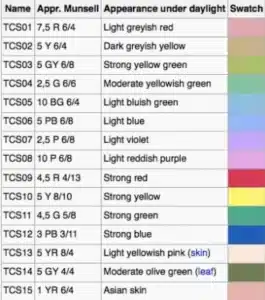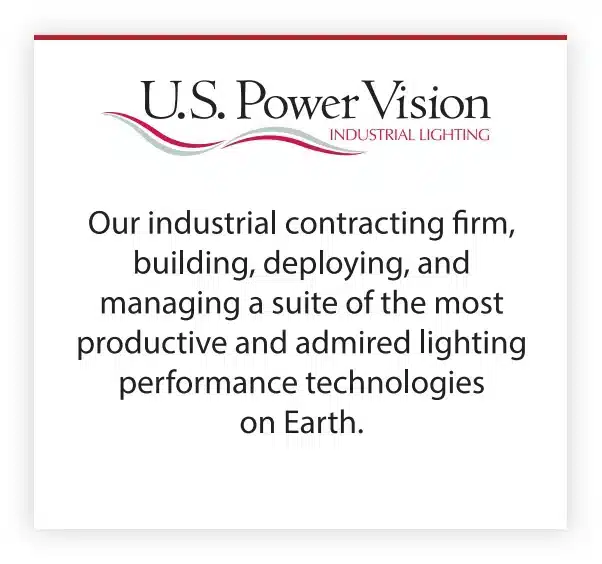Dear Reader:
The quality of electric lighting is a matter of color, and the industry has broken it into 14 shades. When a fixture is rated, each of these shades is judged through a testing method designed to assess how close the respective shade mimics the color of sunlight, on a scale of 1 to 100, with 100 being the equivalent of pure sunlight.
While this algorithm has some shortcomings (see our edition dedicated to R9 and R13), it is currently the industry standard, so we’ll explain it here.
Notice from the illustration the 14 shades of color depicted.
This scale was developed in 1965, and is still in use today. Ultimately the ratings for the various shades are amalgamated into
an average, and typically this score, known as a fixture’s Color Rendering Index, or ‘CRI’, is posted somewhere on its spec sheet.
All LED fixtures enjoy a CRI of at least 70, and by and large, the vast majority are at or in excess of 80, so much so, in fact, that it’s becoming fairly rare for a fixture to be judged down in the 70s in today’s LED market. 80 is the new minimum, and generally speaking, is acceptable for virtually all areas of a manufacturing or food processing facility.
The exception might be for specific areas of production requiring a higher-quality light, i.e. testing or inspection areas where color is extremely important, or texture – and therefore contrast – plays into a decision-making process. Second, office areas might also lend themselves to CRIs of 90 or above, as hours of computer use can create fatigue, and higher quality technologies alleviate that.
Here’s the rub: in the industry’s wisdom the first 8 shades of color are all that’s included in the averaging formula for CRI. It was the developer’s view that this was all that was necessary, as fluorescent lighting didn’t include reds and yellows and skin tones anyway, so an assessment of the cooler colors was all that was necessary.
This is no longer the case, as one of the features of LED technology is in its ability to accurately illuminate the warmer tones found in life. R9 (red) and R13 (skin tones) are clearly important. See GE Lighting’s TriGain technology linked here.







